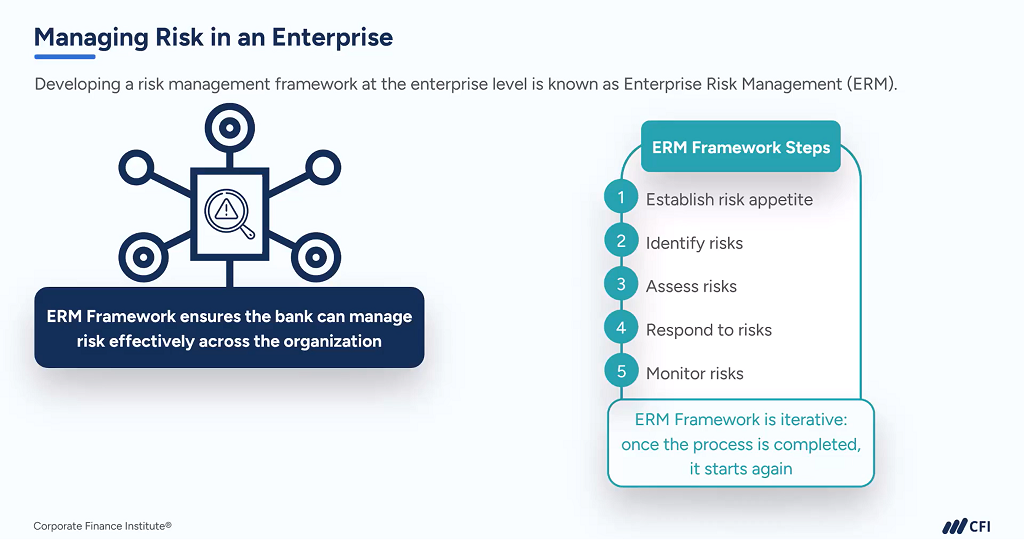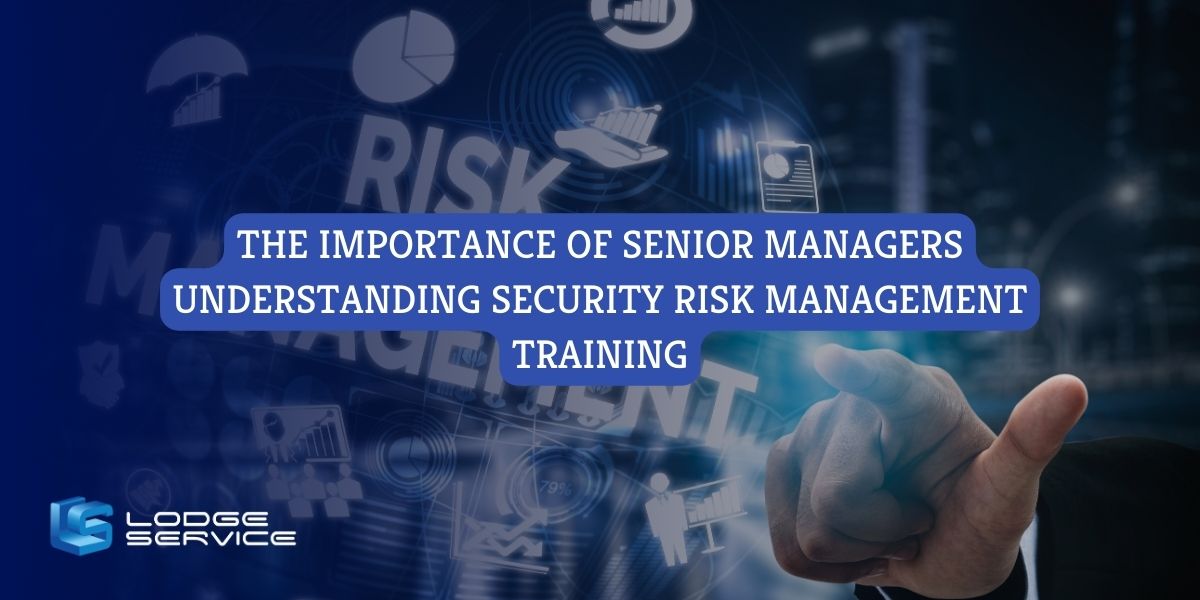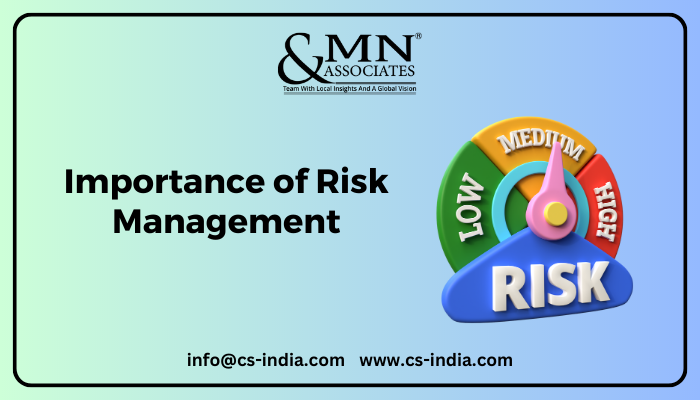The Crucial Importance of Risk Management in Protecting Company Assets
The Crucial Importance of Risk Management in Protecting Company Assets
Blog Article
Exploring the Significance of Risk Management for Effective Decision-Making Approaches
In the elaborate world of service, Risk Management emerges as an important factor in the decision-making process. The ability to recognize prospective threats and chances, and strategize accordingly, can lead to the difference in between success and failing. With devices such as SWOT and PESTEL, organizations are geared up to make educated choices, cultivating durability and adaptability in an ever-changing setting. Wondering just how this functions? Allow's unload the characteristics further.
Understanding the Principle of Risk Management
Risk Management, an essential part in decision-making, is typically misinterpreted or oversimplified. Generally, it describes the recognition, examination, and prioritization of dangers to minimize, keep an eye on, and control the chance or impact of unfortunate occasions. It's not just concerning avoiding adverse end results, but also concerning acknowledging potential possibilities. Risk Management involves self-displined and organized strategies, utilizing data and insightful evaluations. It requires an extensive understanding of the organization's context, objectives, and the possible risks that could prevent them. From economic uncertainties, lawful obligations, tactical Management errors, to crashes and all-natural calamities, it attends to numerous dangers. Notably, effective Risk Management is not stagnant; it's a constant, progressive procedure that develops with changing circumstances.
The Duty of Risk Management in Decision-Making Processes
In the world of strategic preparation and organization procedures, Risk Management plays an essential duty in decision-making processes. It aids in determining prospective risks and uncertainties that could affect the achievement of organization goals. By tracing these dangers, business can develop techniques to mitigate their impact, making sure service connection and security. Risk Management hence becomes an essential device in decision-making, aiding leaders to make informed selections based on a thorough understanding of the risks entailed. It urges an aggressive approach, making it possible for organizations to prepare and expect for feasible future circumstances. This significantly decreases the probability of adverse effects, advertising extra effective and efficient decision-making methods. Risk Management offers as a crucial part in the decision-making processes of any company.

Just How Risk Management Improves Strategic Preparation
In the context of critical planning, Risk Management plays an essential duty. Starting with the recognition of possible dangers, it better expands to the execution of Risk reduction procedures. The duty of Risk Management is not fixed yet dynamic, as it demands constant tracking and adjusting of techniques.
Recognizing Possible Risks

Carrying Out Risk Mitigation
Risk reduction strategies can range from Risk evasion, Risk transfer, to take the chance of reduction. Each strategy ought to be customized to the particular Risk, considering its possible impact and the organization's Risk resistance. Efficient Risk reduction calls for a deep understanding of the Risk landscape and the possible influence of each Risk.
Monitoring and Readjusting Techniques
Though Risk mitigation is an important action in critical preparation, continual surveillance and modification of these techniques is similarly crucial. This recurring process enables companies to recognize brand-new risks and reassess existing ones, making certain the applied approaches stay effective in the ever-changing organization setting. It additionally offers a possibility to examine the success of the Risk Management measures, enabling adjustments to be made where necessary, more enhancing critical preparation. Reliable surveillance and modification require making use of analytics and essential performance indicators (KPIs) to determine efficiency. These devices give beneficial my link data-driven insights that can notify strategic decision-making. Surveillance and changing Risk Management approaches is a critical element for enhancing a company's durability and strategic planning.
Case Researches: Successful Risk Management and Decision-Making
In the world of service and finance, successful Risk Management and decision-making often work as the columns of prosperous enterprises. One such entity is a multinational oil firm that minimized monetary loss by hedging against rising and fall oil costs. In one more instance, a tech start-up thrived by determining and approving risky, high-reward strategies in an unstable market. A global financial institution, faced with regulative uncertainties, effectively browsed the situation with aggressive Risk assessment and dynamic decision-making. These situations highlight the value of sharp Risk Management in decision-making processes. It is not the lack of Risk, yet the Management of it, that typically differentiates successful business from not successful ones. These situations emphasize the crucial function of Risk Management in critical decision-making. importance of risk management.
Tools and Methods for Effective Risk Management
Browsing the elaborate labyrinth of Risk Management calls for the the original source right set of devices and methods. These tools, such as Risk signs up and heat maps, help in determining and evaluating prospective dangers. Strategies include both quantitative methods, like level of sensitivity analysis, and qualitative methods, such as SWOT evaluation. These aid in focusing on dangers based upon their potential influence and likelihood. Risk reaction strategies, an essential component of Risk Management, include approving, avoiding, transferring, or mitigating risks. Surveillance and managing risks, through routine audits and reviews, make certain that the strategies remain reliable. With these tools and strategies, decision-makers can browse the complex landscape of Risk Management, thus facilitating notified and efficient decision-making.
Future Patterns in Risk Management and Decision-Making Methods
As we check out the large landscape of Risk Management, it ends up being evident that the strategies and tools made use of today will certainly continue to progress. Future patterns aim in the direction of an enhanced reliance on innovation, with fabricated intelligence and device understanding playing significant roles. These innovations will make browse around these guys it possible for companies to anticipate possible dangers with better accuracy and make even more informed choices. In addition, there will be an expanding focus on strength, not just in handling threats however likewise in getting better from negative situations. Lastly, the principle of Risk society, where every member of a company knows and involved in Risk Management, will gain much more importance. These fads herald an even more comprehensive and positive technique in the direction of Risk Management and decision-making.
Verdict

Risk Management therefore ends up being a vital tool in decision-making, assisting leaders to make informed choices based on an extensive understanding of the dangers entailed. Risk mitigation approaches can vary from Risk avoidance, Risk transfer, to take the chance of reduction (importance of risk management). Efficient Risk mitigation calls for a deep understanding of the Risk landscape and the potential influence of each Risk. Risk reaction methods, a key part of Risk Management, entail accepting, staying clear of, moving, or mitigating threats. The idea of Risk culture, where every participant of a company is conscious and involved in Risk Management, will certainly gain much more importance
Report this page